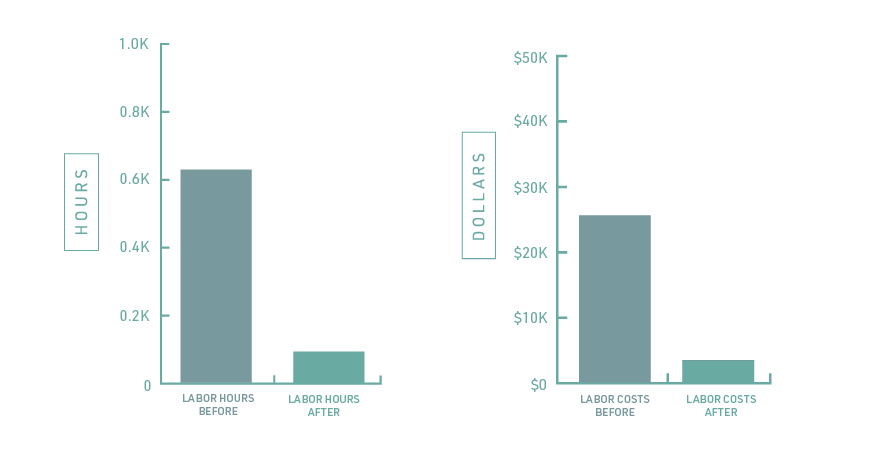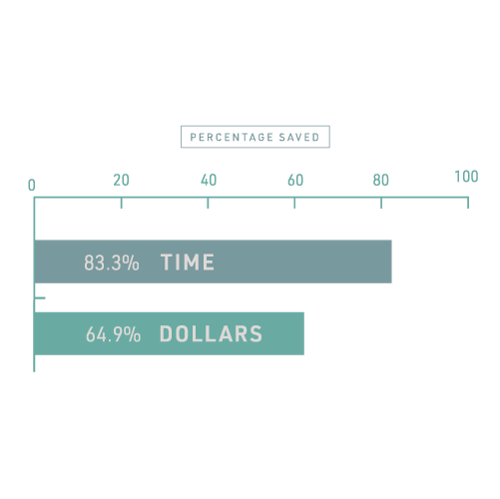The City of Escondido is a suburban community located about 30 miles from San Diego, CA. The Escondido 911 Communications Center serves a population of roughly 150,000 residents, answers approximately 200,000 calls for service per year, and dispatches approximately 70,000 calls for both their fire and law enforcement agencies. The communication center staffs around 30 employees, and due to their size represents a large number of public safety agencies across the country.
Public safety scheduling – whether for communications, law enforcement, fire, or other – is never simple. The larger the agency, the more moving parts and considerations there may be, and in many cases the greater challenge it is. That said, it would not be accurate to assume for agencies of smaller numbers that the process is simple or easy, or would not benefit from the support of dedicated technology designed to minimize human intervention and maximize the effectiveness of existing staff.
In every agency, regardless of size, there are unique challenges felt as the direct result of the public safety industry and its highly specialized operational requirements – 24/7/365 operations, fluctuating staffing minimums, skill sets, qualifications, policies, procedures, laws and regulations, as well as collective bargaining agreements, memorandums of understanding, and other factors which may be entirely unique to a county, city, or even the agency itself. This can then easily be compounded with understaffing, overtime requirements, and balancing fatigue.
This means two things:
- The demands placed on a technological solution will be extremely high, focused, and technical. In order for any software or program designed to ease the burden of administrative work to be effective, it will need to be able to address all of these considerations which the agency addresses daily, often hourly.
- The perceived value placed on the acquisition of such a software is then extremely low, despite the potential for positive impact. Public safety agencies are too accustomed to compromises and disappointments, which often create more obstacles and challenges than they remove, and in doing so it creates a stagnant environment that is unable and unwilling to explore potentially transformative solutions.
While this makes their reception to new technologies and solutions understandably wary, it also makes it all the more important to challenge the marketplace to deliver products and services which are both comprehensive and impactful. The cost of the failure to do so is burdened on the agency themselves, and in turn the communities they serve when the result is limited resources that are unable to be optimized.
In the case of this small agency, the return on investment after implementing Schedule Express was still significant – reducing their annual scheduling expenses from nearly $30,000 to less than $10,000, and reducing their weekly hours spent scheduling from 12 in total to just 2 hours per week.

In the time spent from their communications center manager alone, she said:
“Scheduling used to take me about 8 hours per week using just a pen and paper – and now it takes maybe 1, at most. When it comes to processing absences and shift assignments, it couldn’t be easier now and usually takes 10 minutes a day. That’s made a big difference for everyone on our team.”



Submit a Comment